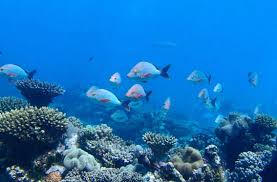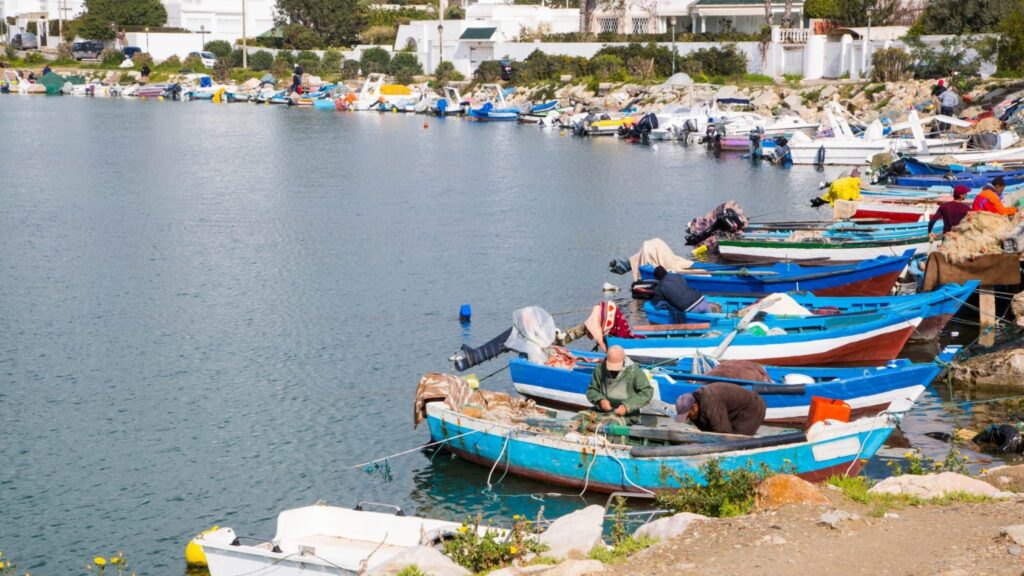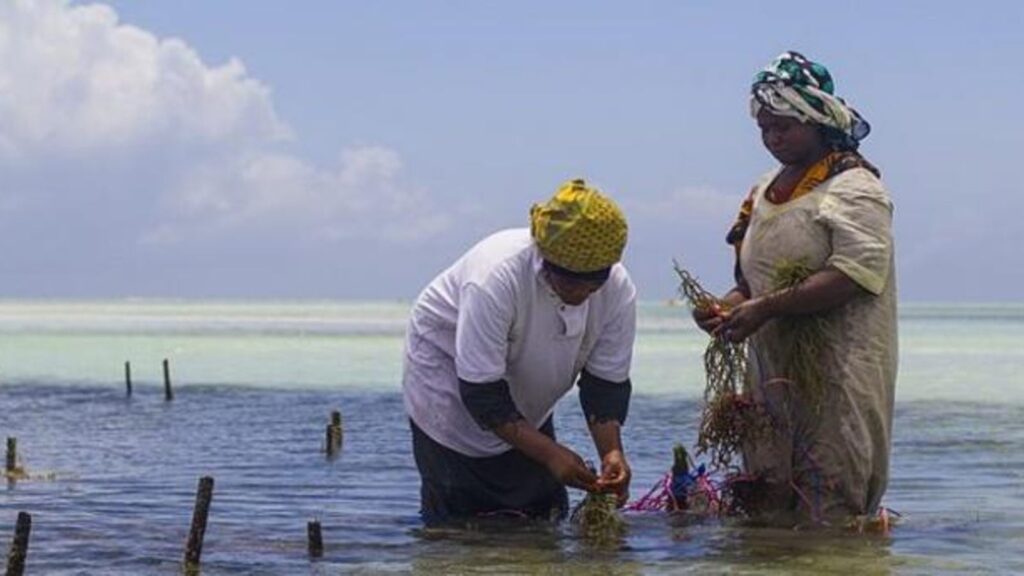By Business Insider Reporter
East Africa stands at the cusp of a transformative opportunity. With a coastline stretching over 4,600 kilometers, abundant marine resources, strategic ports and a growing population, the region is well positioned to leverage the global shift toward a sustainable “blue economy.”
Yet, despite its immense potential, East Africa remains largely absent from the global surge in ocean-based investment.

The ocean economy – globally valued at over $3 trillion annually by 2030 – is not just about commerce. It is the planet’s natural climate regulator, absorbing nearly 30% of carbon dioxide emissions and storing 50 times more carbon than the atmosphere.
But this ecological and economic lifeline is under threat from climate change, pollution and neglect. For East Africa, the stakes are especially high.
A blue opportunity on the rise
According to the World Bank, the blue economy contributes significantly to GDP in countries like Kenya, Tanzania and Mauritius through fisheries, tourism and shipping.
However, this contribution is not keeping pace with global trends. Between 2012 and 2022, just $13 billion globally was invested in ocean sustainability – most of it bypassing the African coastlines in favour of more developed blue economies.
East African nations are richly endowed with marine biodiversity, key trade routes and growing port infrastructure.
Dar es Salaam, Mombasa and Djibouti are vital maritime gateways for the region’s imports and exports. These ports, if supported by sustainable investment and innovation, could serve as blue economy hubs – driving growth in offshore wind energy, maritime transport, aquaculture, coastal tourism and ocean-based climate solutions.
Obstacles below the surface
Despite the potential, East Africa’s marine economy faces significant barriers: underdeveloped infrastructure, fragmented policies, a shortage of bankable projects and limited access to blue finance.
Many investors remain wary due to regulatory uncertainty, currency volatility, and shallow capital markets.

“One of the main challenges is the lack of regional coordination in developing ocean-based ventures,” said Dr. Betty Maina, a Kenyan expert in marine policy and former Minister of Trade.
He adds: “We are seeing missed opportunities due to fragmented blue economy frameworks across the East African Community (EAC).”
Fisheries, for instance, remain under-regulated and poorly monitored.
Illegal, unreported and unregulated (IUU) fishing costs East African economies hundreds of millions of dollars annually, while coastal erosion – accelerated by rising sea levels – threatens critical infrastructure and livelihoods from Lamu to Zanzibar.
Policy gaps and investment deficits
Kenya’s Blue Economy Implementation Committee has made strides, especially following the 2018 Sustainable Blue Economy Conference in Nairobi.
The country launched its Marine Spatial Plan and has piloted seaweed farming and sustainable fisheries initiatives.
Zanzibar has established a Ministry of Blue Economy and Fisheries, signaling political will to harness marine resources. Yet, implementation remains sluggish.
“There’s a mismatch between policy ambition and funding,” noted Charles Okech, an advisor at the African Marine Conservation Alliance. “We need a pipeline of bankable, scalable projects that can attract public-private partnerships and institutional capital.”
Lessons from the global south
Emerging models from other Global South regions offer inspiration. Costa Rica’s National Decarbonization Plan, which mobilized $3 billion in renewable infrastructure financing since 2019, demonstrates how biodiversity protection and climate-smart policies can unlock international capital.
In Southeast Asia, the Port of Singapore has led the way in integrating sustainability with commerce – investing in zero-emission fuel bunkering and ecological infrastructure. The model could be replicated in Mombasa or Dar es Salaam, where green port initiatives remain nascent but increasingly urgent.
Similarly, Morocco’s investments in offshore wind and marine renewable energy are positioning it as a blue energy hub – something the windy coastal regions of Kenya and Tanzania could emulate with the right regulatory and investment framework.
The role of regional cooperation
To overcome market fragmentation, the East African Community (EAC) must coordinate blue economy efforts. A regional Marine Spatial Plan, harmonised blue finance regulations, and joint investment promotion strategies could boost investor confidence.
The African Union’s Africa Blue Economy Strategy provides a continental framework, but regional implementation is uneven.
The AU’s Agenda 2063, which identifies the blue economy as a priority growth area, offers East African countries a roadmap – if backed by action.
Dr. Agnes Kalibata, President of AGRA and former Rwandan Minister of Agriculture, emphasised the need for inclusive growth: “The blue economy must serve the coastal communities first – offering jobs, food security, and resilience against climate shocks.”
De-risking and financing the future
According to a 2023 UNEP report, East Africa requires an estimated $12 billion by 2030 to build resilient coastal infrastructure, develop sustainable fisheries, and transition to clean marine energy.
Yet the region currently attracts a fraction of this.
To close the gap, multilateral development banks like the African Development Bank (AfDB) and donors must step up with concessional financing, first-loss guarantees, and technical assistance.
Initiatives such as the World Bank’s PROBLUE program, which funds blue economy activities in developing countries, are steps in the right direction.
The next wave
Two upcoming events will be pivotal: the United Nations Ocean Conference and the Blue Economy and Finance Forum, both set for June 2025.
East African leaders must come to the table with clear investment-ready projects, regional strategies, and a commitment to reforms that build investor trust.

“The next five years are critical,” said Njoki Mwangi, Head of Blue Finance at the Africa Climate Foundation. “We either ride the wave of global blue investment – or get left behind.”
A wew chapter
East Africa’s blue economy is not just an environmental issue – it’s an economic and geopolitical imperative. Investing in sustainable ocean industries could transform the region’s fortunes, empower millions living along the coast, and help mitigate the mounting effects of climate change.
But this future will not happen by default. It must be built – through smart policy, bold investment and regional unity. The ocean’s tide is rising. Will East Africa rise with it?














